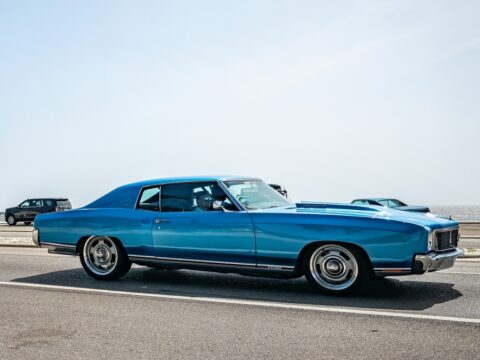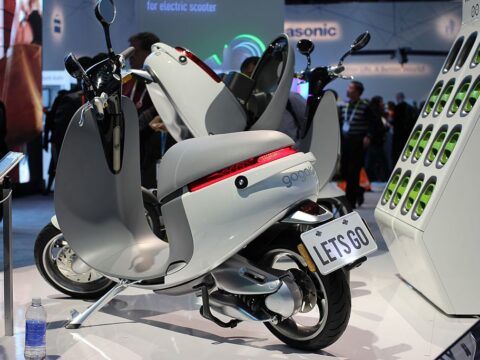Professional drifters possess insights into their sport that might surprise enthusiasts and newcomers alike. They emphasize the importance of car control and precision over sheer speed. Drifting demands significant practice and understanding of vehicle dynamics. The sport is also more about style and technique than it is about winning races. Additionally, maintaining a drift car involves extensive mechanical knowledge and frequent repairs. Here are some things professional drifters wish you knew about their sport.
Contents
The Importance of Car Setup
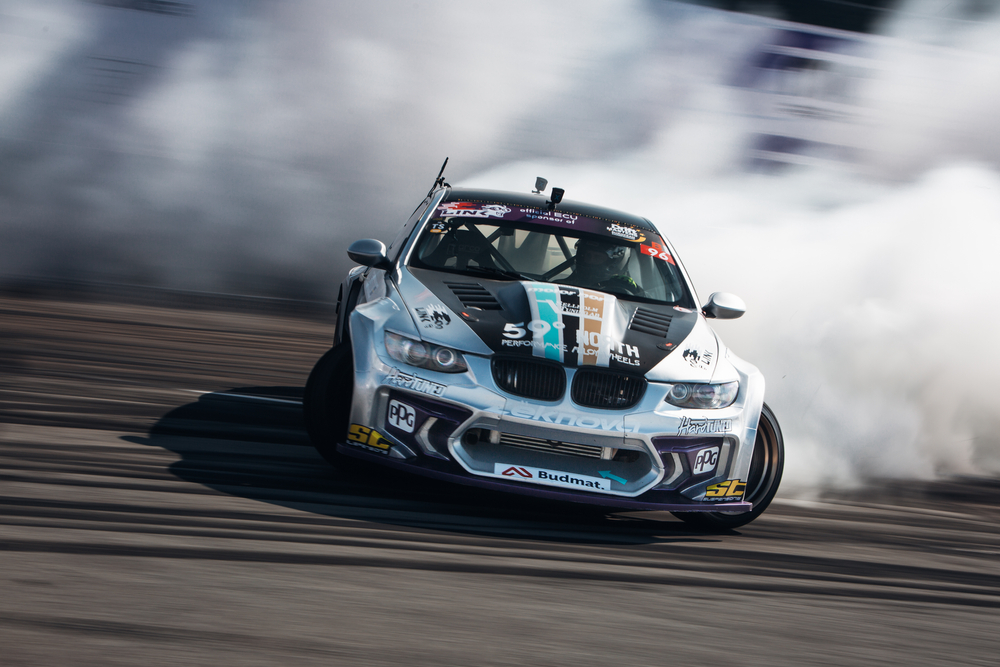
Professional drifters emphasize that car setup is crucial to their performance. This includes suspension tuning, tire selection, and differential settings. The suspension needs to be stiff yet flexible enough to allow controlled slides, while tires need to provide the right balance between grip and slip. Many use limited-slip or welded differentials to ensure both rear wheels rotate at the same speed. Drifters spend countless hours fine-tuning their cars to achieve the perfect balance, showcasing how vital these technical adjustments are to successful drifting.
Skill Over Power
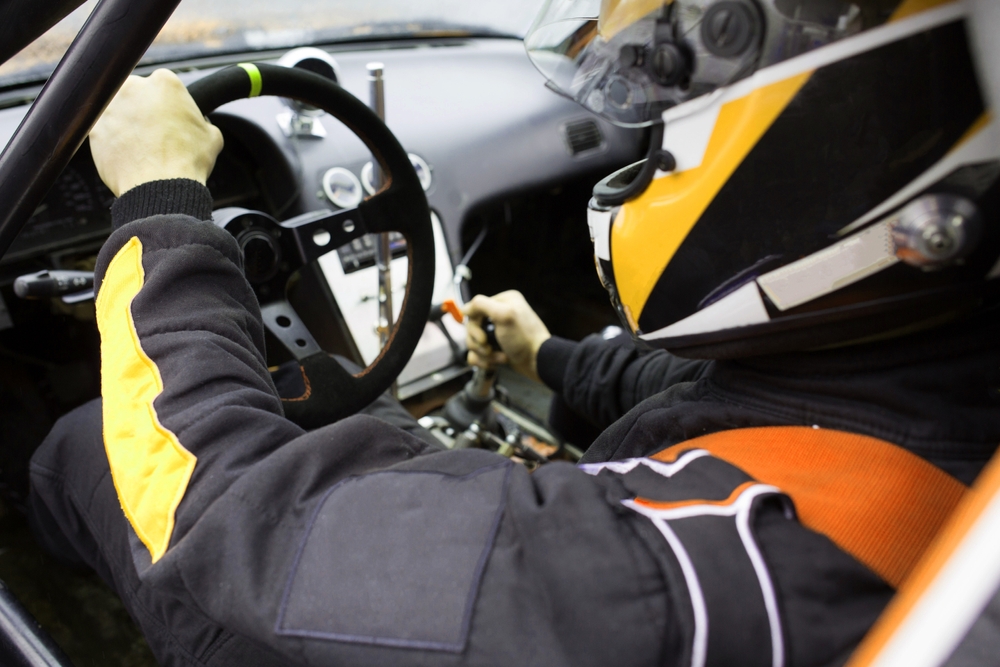
While high horsepower is impressive, professional drifters stress that skill trumps power. Mastering techniques like clutch kicking, feinting, and handbrake turns are essential for controlling the car during a drift. Beginners often think they need a powerful car to drift effectively, but many pros can perform with lower horsepower vehicles. The emphasis is on driver control, precision, and smooth transitions rather than raw power.
Drift Events are Highly Competitive
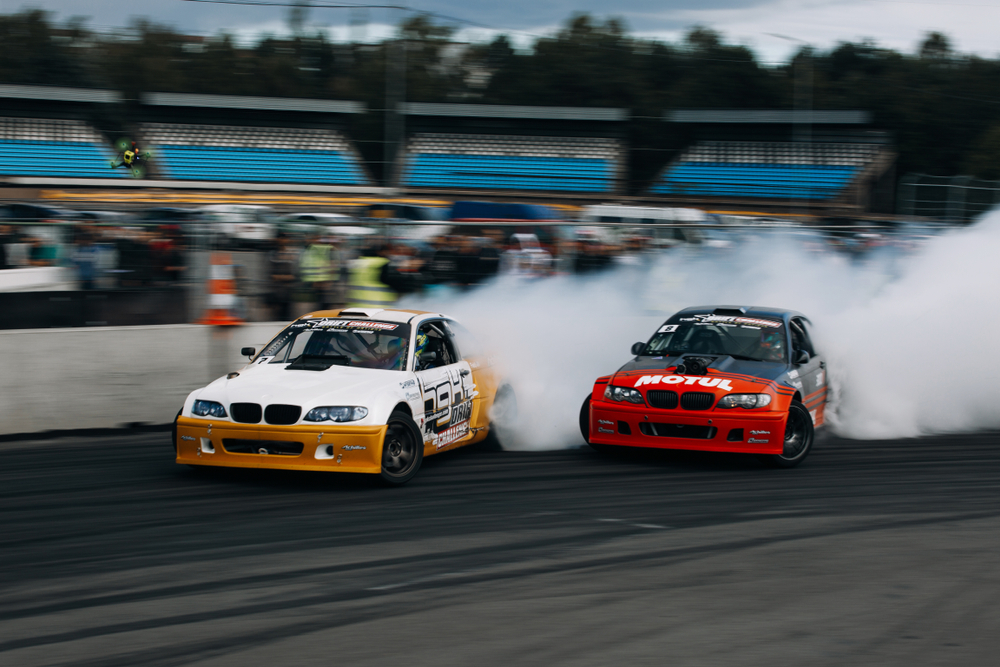
Drift events are not just about showing off; they are highly competitive and judged on specific criteria. Drivers are evaluated on line, angle, speed, and style. Maintaining a perfect line, achieving the correct drift angle, carrying high speed through corners, and showcasing unique style are all critical factors. Competitions like Formula Drift are intense, with drivers pushing their skills and vehicles to the limit to impress judges and secure top spots.
Safety is Paramount
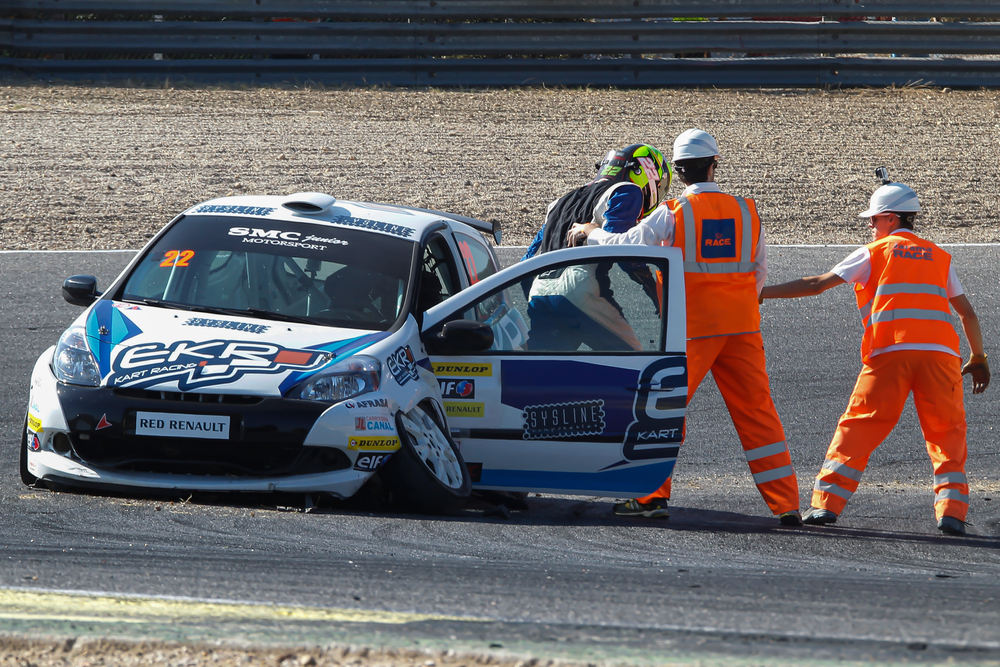
Safety is a top priority for professional drifters. Their cars are equipped with roll cages, fire suppression systems, racing harnesses, and helmets to protect drivers during high-speed maneuvers and potential crashes. Tracks are designed with safety barriers and runoff areas to minimize risks. Drifters undergo rigorous training and adhere to strict safety protocols to ensure their well-being and that of their fellow competitors.
The Community is Tight-Knit
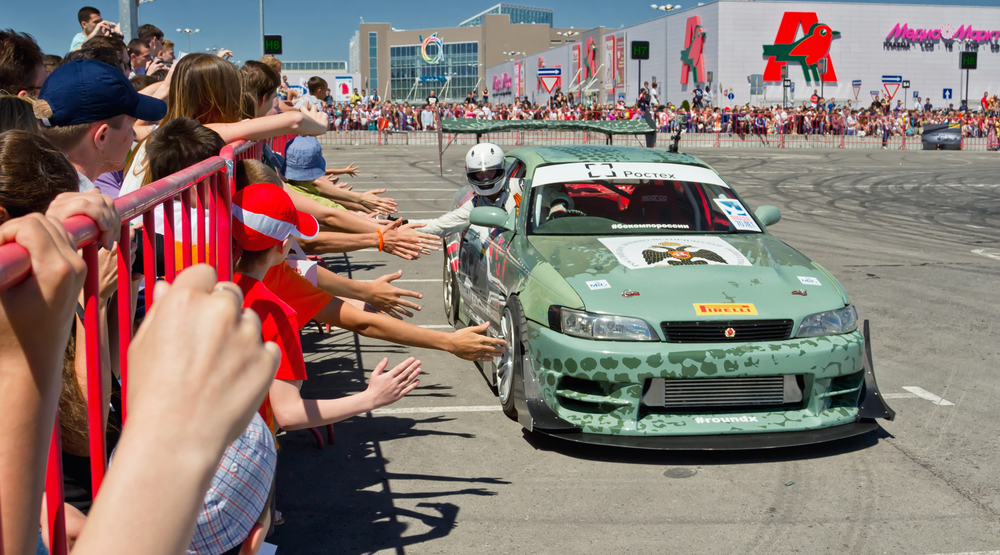
The drifting community is known for its camaraderie and support. Professional drifters often share tips, techniques, and resources with each other, fostering a sense of unity. Events are social gatherings as much as they are competitions, with drivers, teams, and fans forming close-knit relationships. This supportive environment helps newcomers learn and grow in the sport, emphasizing the importance of community in drifting.
Drifting is Expensive
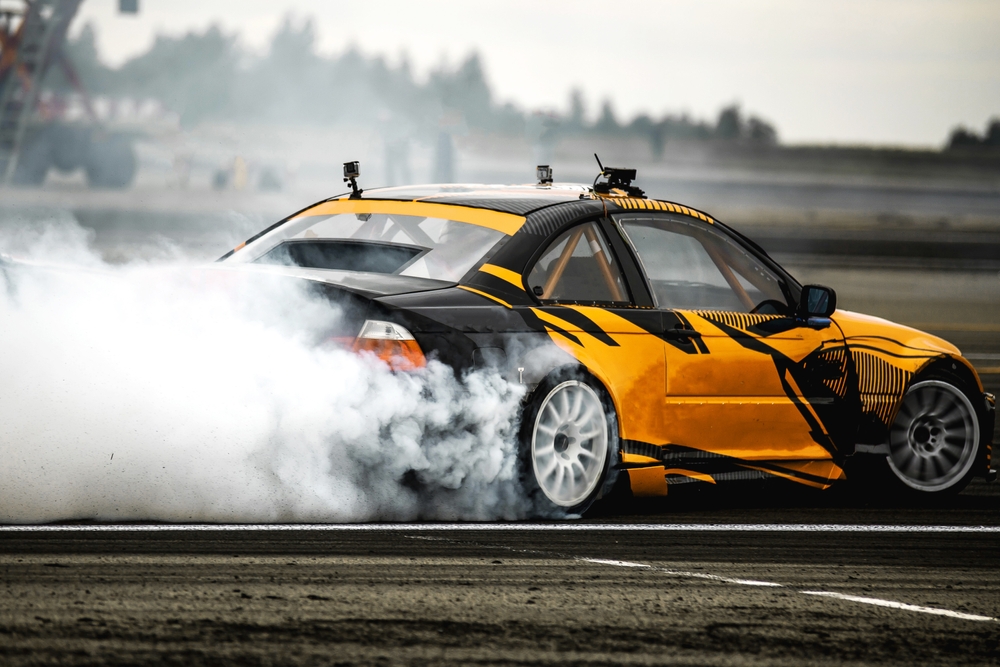
Drifting can be an expensive hobby and profession. Costs include car modifications, tires (which wear out quickly), fuel, entry fees for events, travel expenses, and regular maintenance. Professional drifters often rely on sponsorships and endorsements to cover these costs. Understanding the financial commitment involved helps explain why sponsorship and media presence are crucial for sustaining a career in drifting.
Tires are the Unsung Heroes
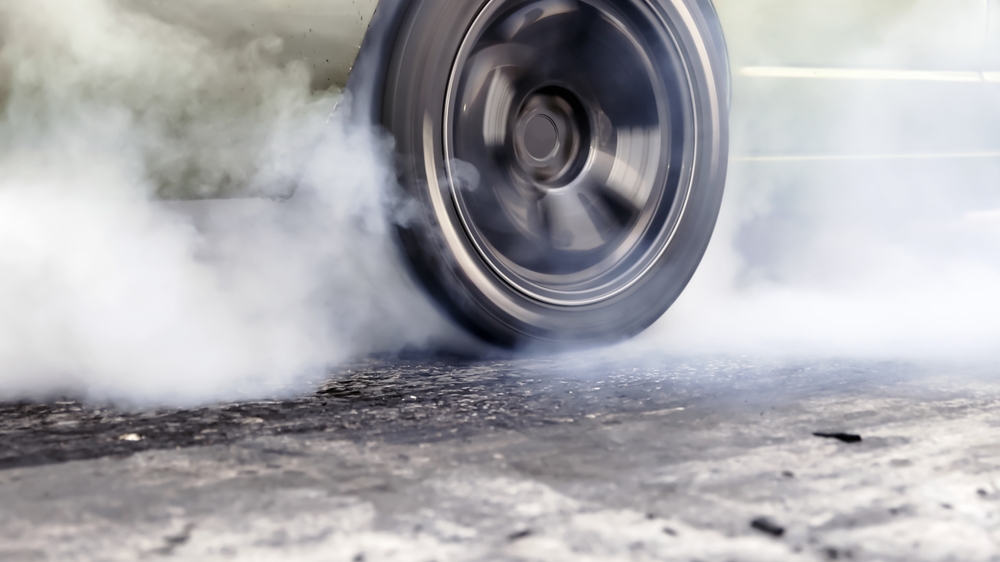
Tires play a critical role in drifting, as they are the contact point between the car and the track. Drifters go through multiple sets of tires in a single event due to the high levels of friction and heat generated during slides. Choosing the right tire compound and maintaining proper tire pressure are essential for optimal performance. Many pros partner with tire manufacturers to get the best rubber for their specific needs.
Car Maintenance is Constant
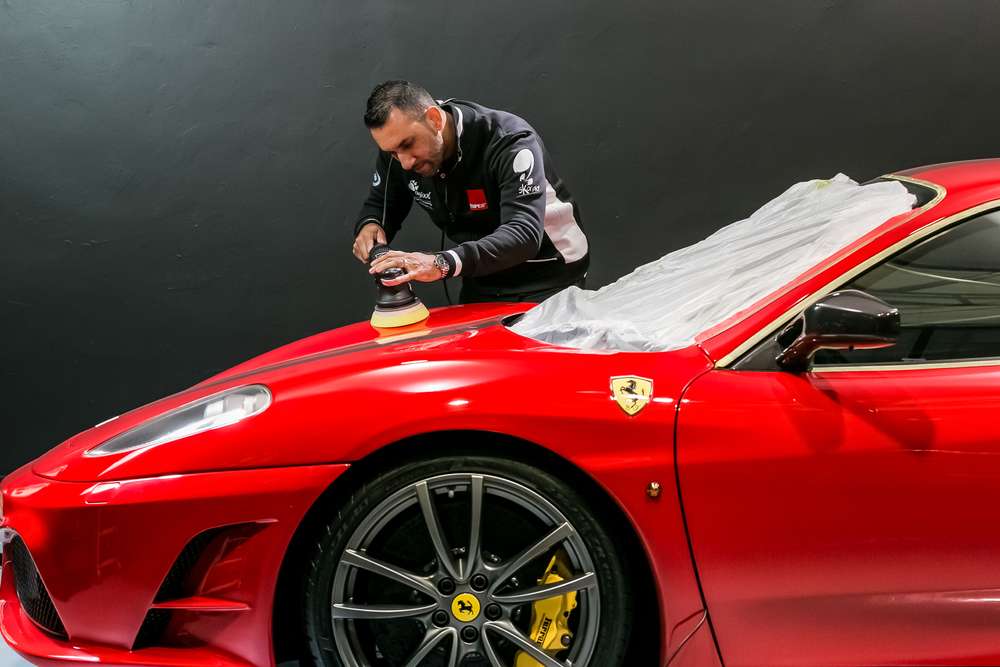
Constant car maintenance is required to keep drift cars in top condition. Drifting puts immense stress on various components, leading to frequent wear and tear. Regular checks and replacements of parts like suspension components, drivetrain elements, and brakes are necessary. Drifters often have dedicated teams or mechanics to ensure their cars are always ready to perform at their best.
Drift Culture has Global Influence
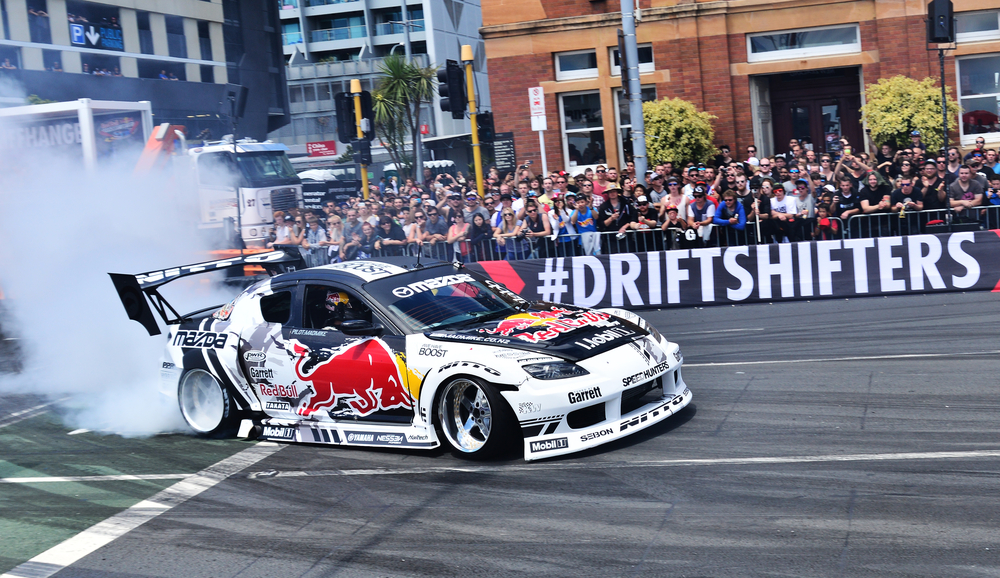
Drifting has a significant cultural impact worldwide, with influences seen in car design, music, fashion, and video games. Originating in Japan, drifting has spread to North America, Europe, and beyond, each region adding its unique flavor. Professional drifters often participate in international events, promoting cultural exchange and showcasing the global appeal of the sport.
The Role of Simulators

Many professional drifters use racing simulators to practice and refine their skills. High-quality simulators with realistic physics engines allow drivers to train in various scenarios without the cost and risk associated with real-world practice. Sim racing helps drifters improve their reaction times, understand car dynamics better, and prepare for specific tracks, making it a valuable tool in their training regimen.
Drifting Requires Physical Fitness
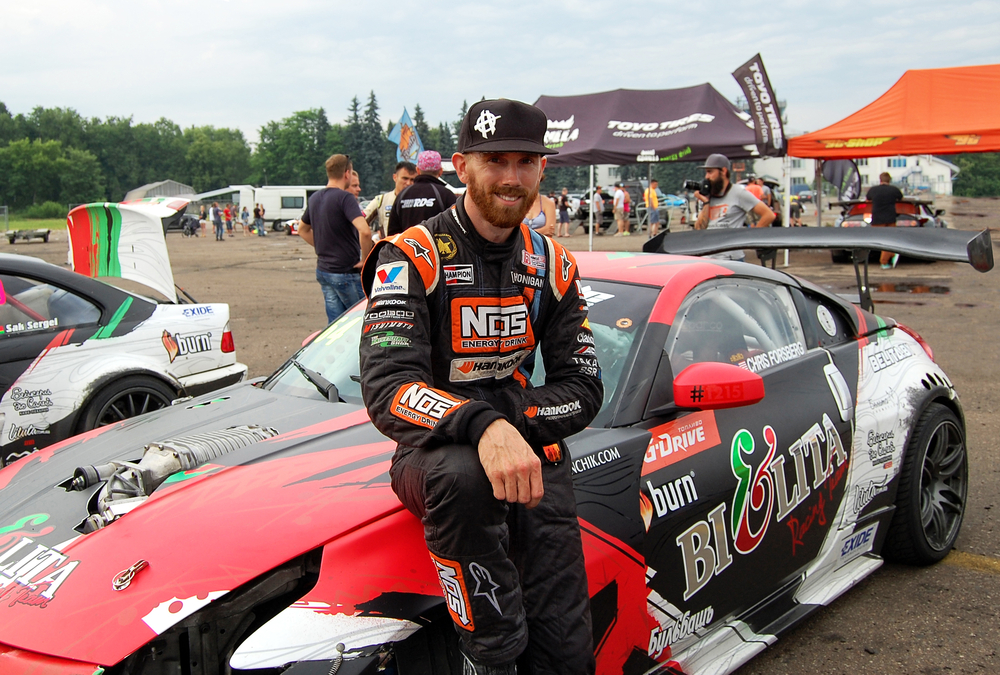
Drifting is physically demanding, requiring strength, endurance, and quick reflexes. Professional drifters maintain physical fitness to handle the intense G-forces, constant steering inputs, and quick pedal movements involved in drifting. Regular exercise and conditioning help them stay sharp and perform at their best during long events and multiple runs.
Drifting is a Mental Game
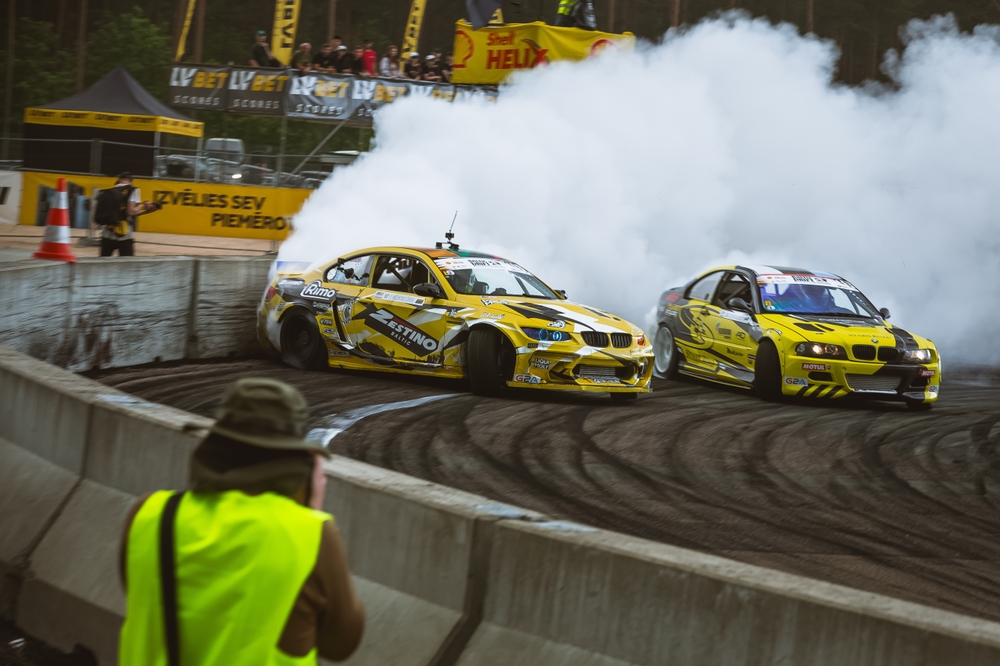
Mental focus and sharpness are critical in drifting. Drivers need to make split-second decisions while maintaining precise control over their car. Visualization techniques, mental rehearsals, and staying calm under pressure are essential aspects of a drifter’s preparation. The ability to stay focused and composed during high-stakes runs can make the difference between winning and losing.
The Importance of Sponsorships
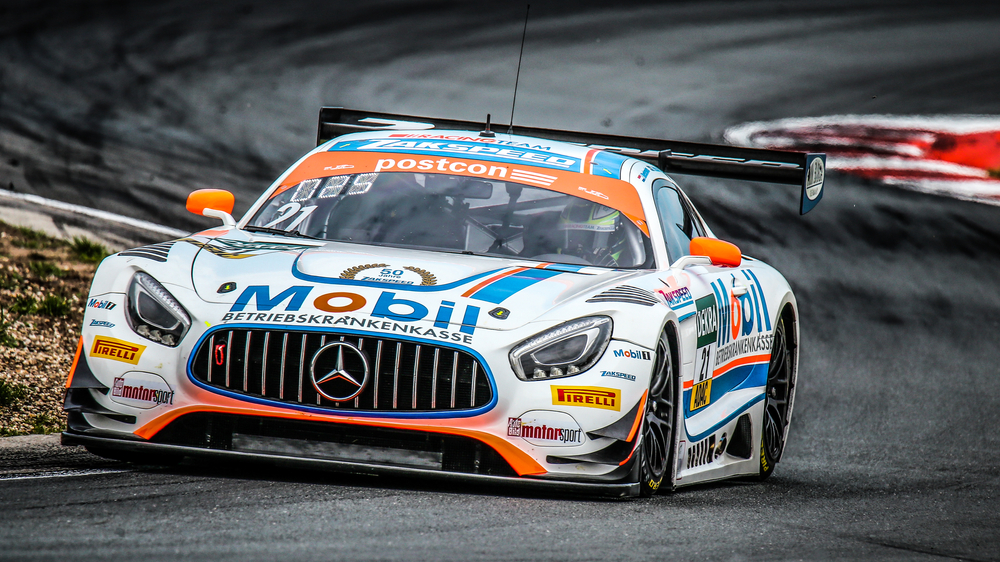
Sponsorships are vital for professional drifters, providing financial support, parts, and exposure. Sponsors help cover the significant costs associated with drifting, from car modifications to event fees. In return, drifters promote their sponsors through car liveries, social media, and event appearances. Building and maintaining relationships with sponsors is crucial for sustaining a career in drifting.
Judging is Subjective
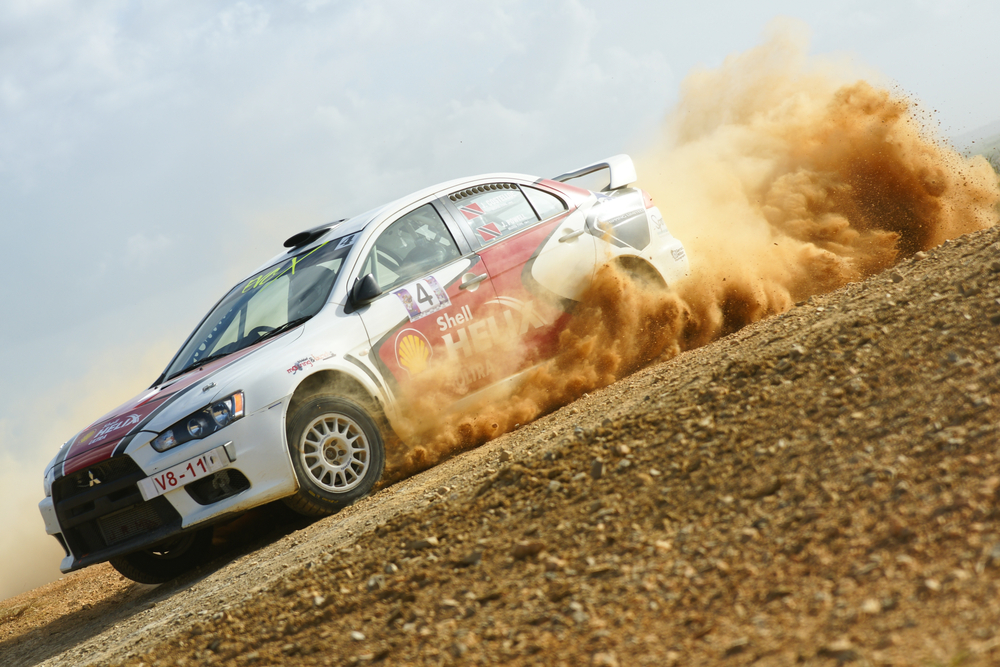
Drifting competitions are judged on subjective criteria, which can lead to varying opinions and controversies. Judges evaluate line, angle, speed, and style, but personal preferences and interpretations can influence scores. Understanding the subjective nature of judging helps explain why results can sometimes be contentious and why consistency and appeal are essential for success.
Drifting is a Spectator Sport
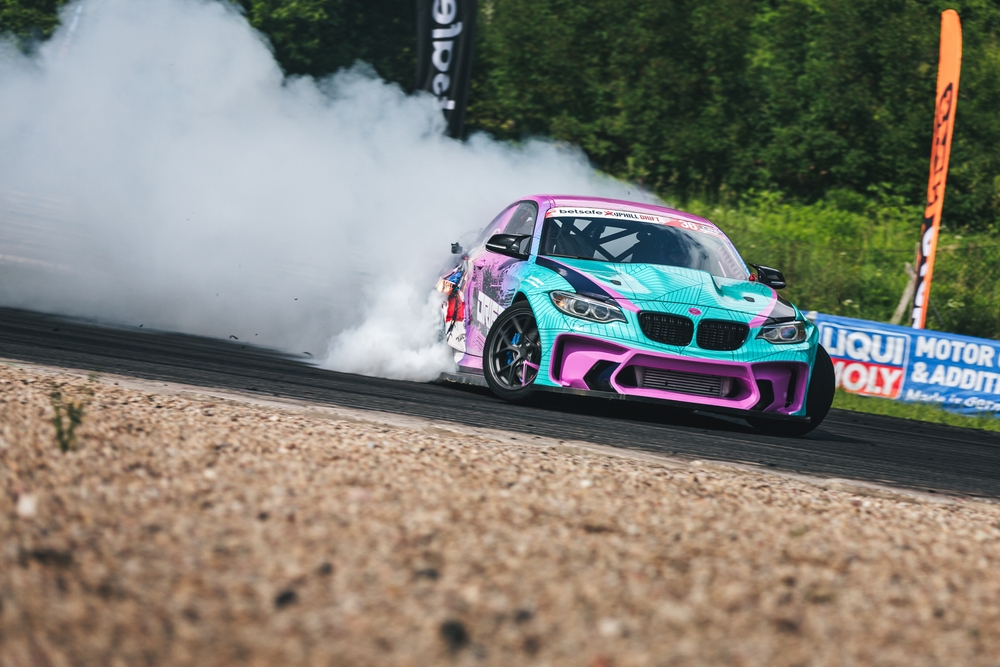
Drifting is designed to be a visually exciting and engaging spectator sport. The smoke, noise, and dramatic slides create an adrenaline-pumping atmosphere for fans. Professional drifters understand the importance of entertaining the crowd, often incorporating flashy moves and close tandem runs to thrill spectators and enhance the overall experience.
Tandem Drifting is a Team Effort
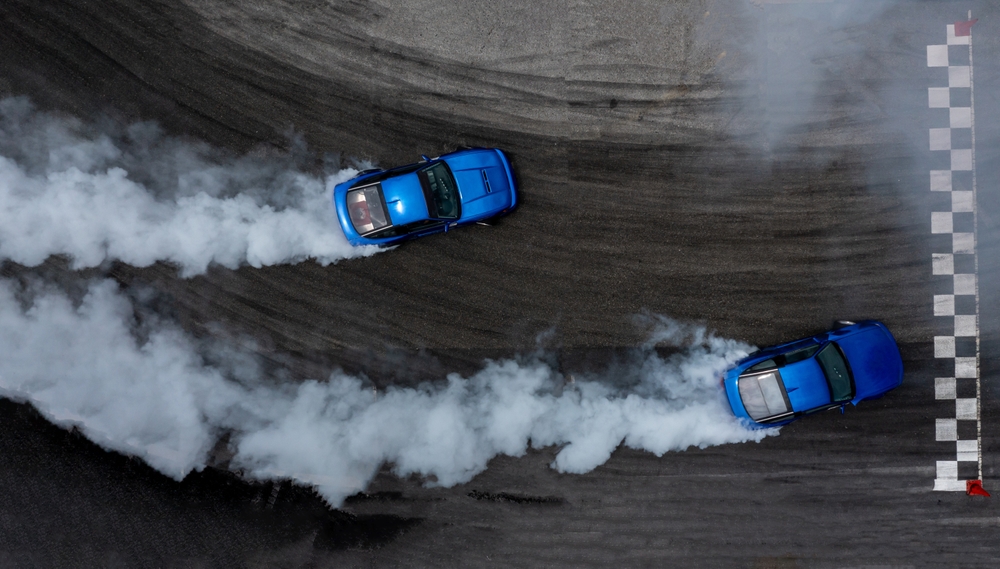
Tandem drifting, where two cars drift closely together, requires trust and coordination between drivers. The lead driver sets the pace and line, while the chase driver mirrors their movements, maintaining close proximity without making contact. This requires precise communication and practice, showcasing the collaborative nature of tandem drifting and the skills of both drivers.
Drifting has Legal Challenges
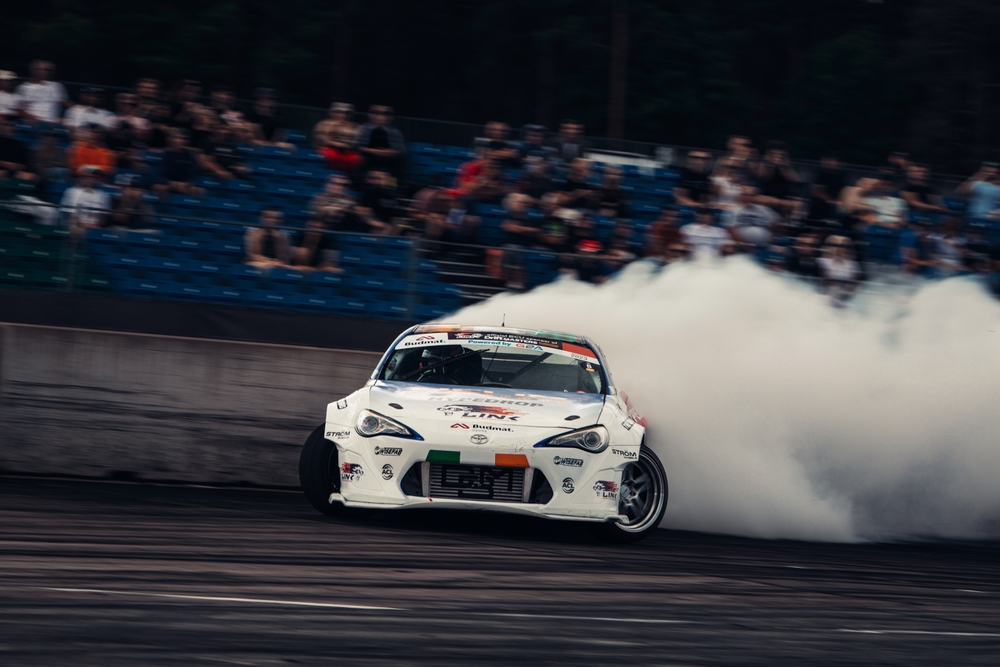
Drifting faces legal challenges, particularly regarding street drifting and unsanctioned events. Professional drifters advocate for legal, organized events to ensure safety and compliance with regulations. They emphasize the importance of practicing in controlled environments like racetracks to avoid accidents and negative publicity that can harm the sport’s reputation.
Drifting Vehicles are Highly Modified
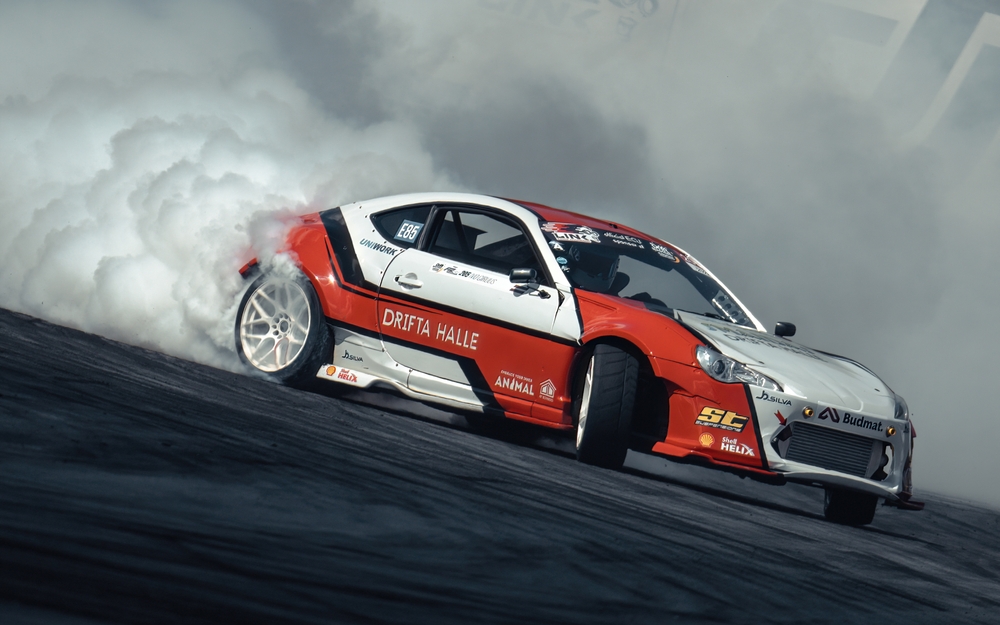
Drifting vehicles undergo extensive modifications to handle the demands of the sport. These include engine upgrades for increased power, reinforced chassis for durability, customized suspensions for better control, and specialized tires for optimal grip. Understanding the level of customization involved highlights the technical expertise and dedication required to build a competitive drift car.
Drifting has an Educational Aspect
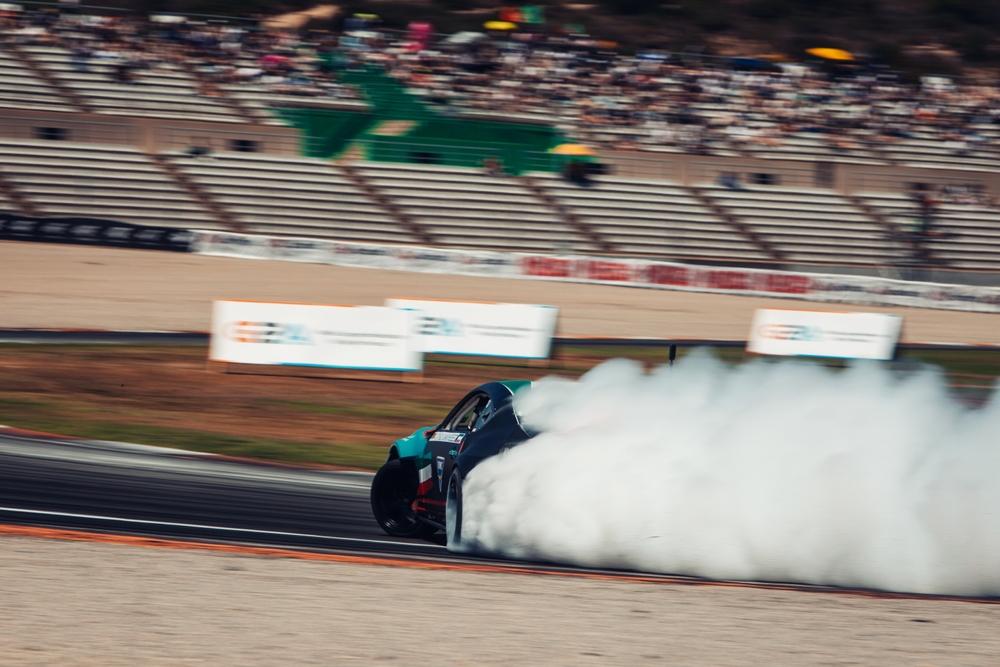
Many professional drifters participate in educational programs and drift schools to teach aspiring drivers the fundamentals of the sport. These programs cover car control, drift techniques, safety measures, and vehicle setup. By sharing their knowledge and experience, professional drifters help cultivate the next generation of drivers and promote safe, responsible drifting practices.
Drifting is Constantly Evolving
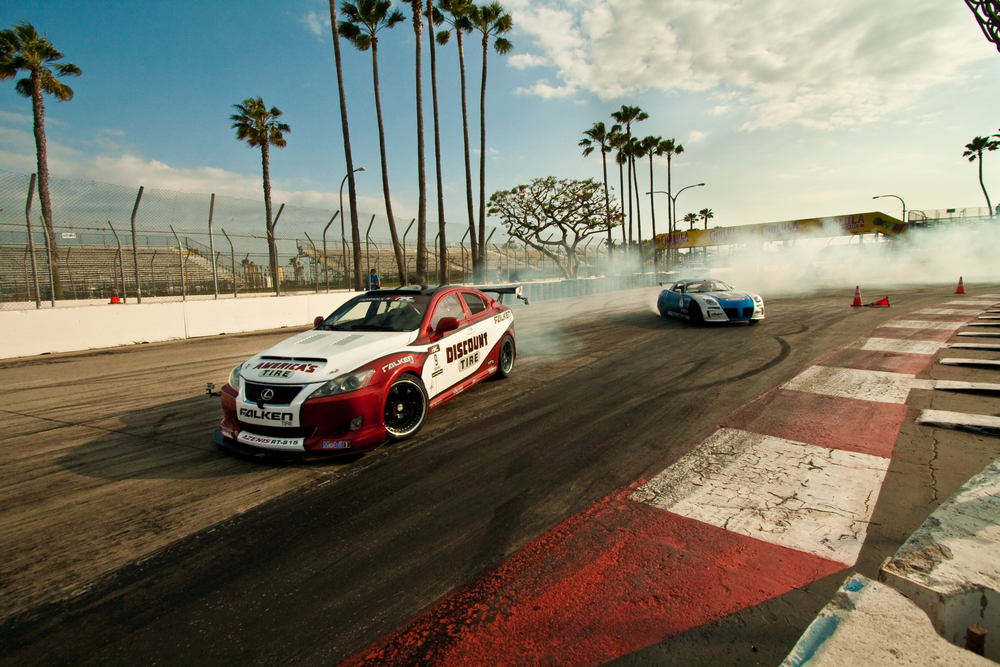
Drifting is a dynamic sport that continuously evolves with new techniques, technologies, and trends. Professional drifters stay updated with the latest developments, from innovative car modifications to emerging driving styles. Embracing change and adapting to new challenges are essential for staying competitive and pushing the boundaries of what is possible in drifting.
This article originally appeared in MyCarMakesNoise.
More from MyCarMakesNoise
20 Stunningly Designed Motorcycles That Turn Heads

Some motorcycles are more than just a means of transportation—they’re works of art that command attention wherever they go. With sleek lines, bold colors, and innovative designs, these bikes are built to turn heads and make a statement. Read More
20 Issues That Arise from Using Cheap Fuel in Your Car

Using cheap fuel in your car might seem like a cost-saving measure, but it can lead to several issues that could end up costing you more in the long run. Low-quality fuel can cause engine knocking, reduce fuel efficiency, and lead to buildup in the fuel injectors, which hampers performance. Read More
20 Formerly Coveted American Coupes That Have Lost Their Luster

Once symbols of style and performance, many American coupes have seen their popularity fade over time. These cars, which were once coveted for their sleek designs and powerful engines, now struggle to maintain the same appeal in a market dominated by SUVs and sedans. Read More


